Jamila Campagna
Renzo Arbore. La Mostra – to be visited till 3rd of April at MACRO Testaccio – La Pelanda museum in Rome
… RENZO ARBORE. LA MOSTRA. VIDEOS, RADIOS, CIANFRUSAGLIES

Jamila Campagna
Renzo Arbore. La Mostra – to be visited till 3rd of April at MACRO Testaccio – La Pelanda museum in Rome
… RENZO ARBORE. LA MOSTRA. VIDEOS, RADIOS, CIANFRUSAGLIES
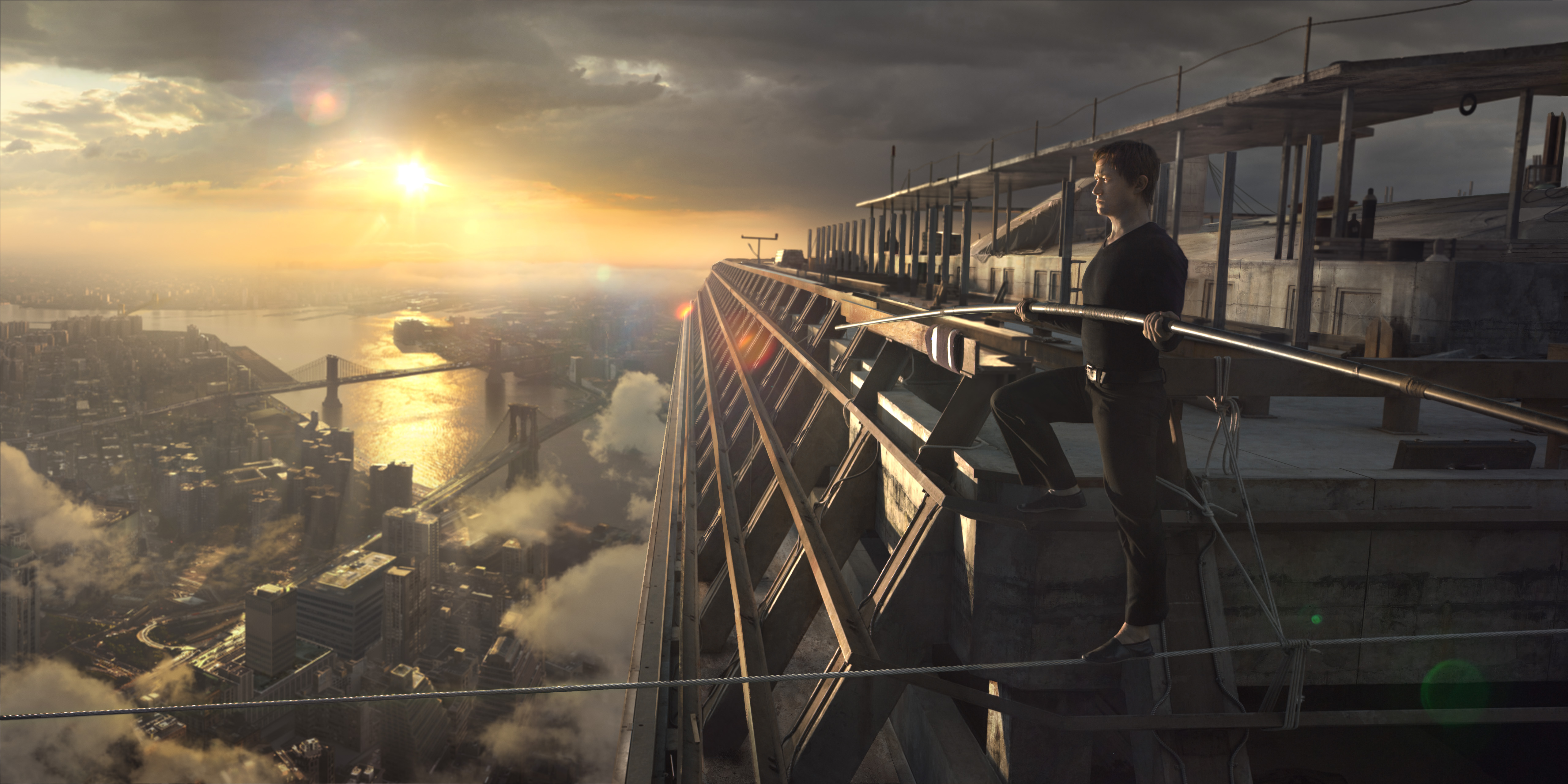
di Vera Viselli
Per il decennale, la Festa del Cinema di Roma (16-24 ottobre 2015) si rinnova: nuovo direttore artistico (Antonio Monda) e nuovo presidente … ROMA FILM FEST 2015. FESTA DEL CINEMA DI ROMA
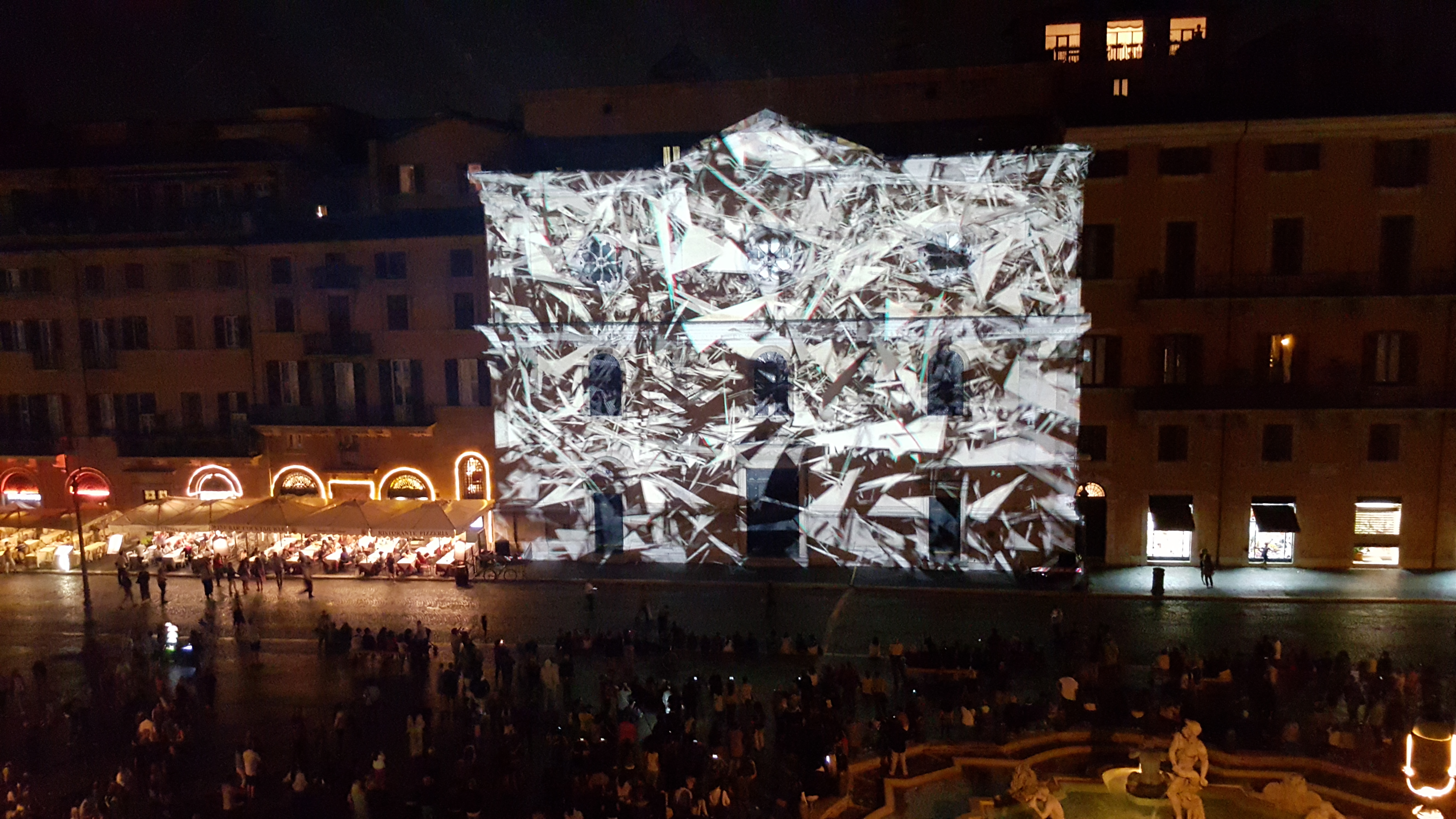
di Arianna Forte
Agli sgoccioli di quest’Estate Romana, fin troppo quieta o potremmo dire assonnata, il panorama notturno della città eterna è stato momentaneamente risvegliato e riacceso … LO SPAZIO AUMENTATO DELLA CITTÀ CAPITOLINA
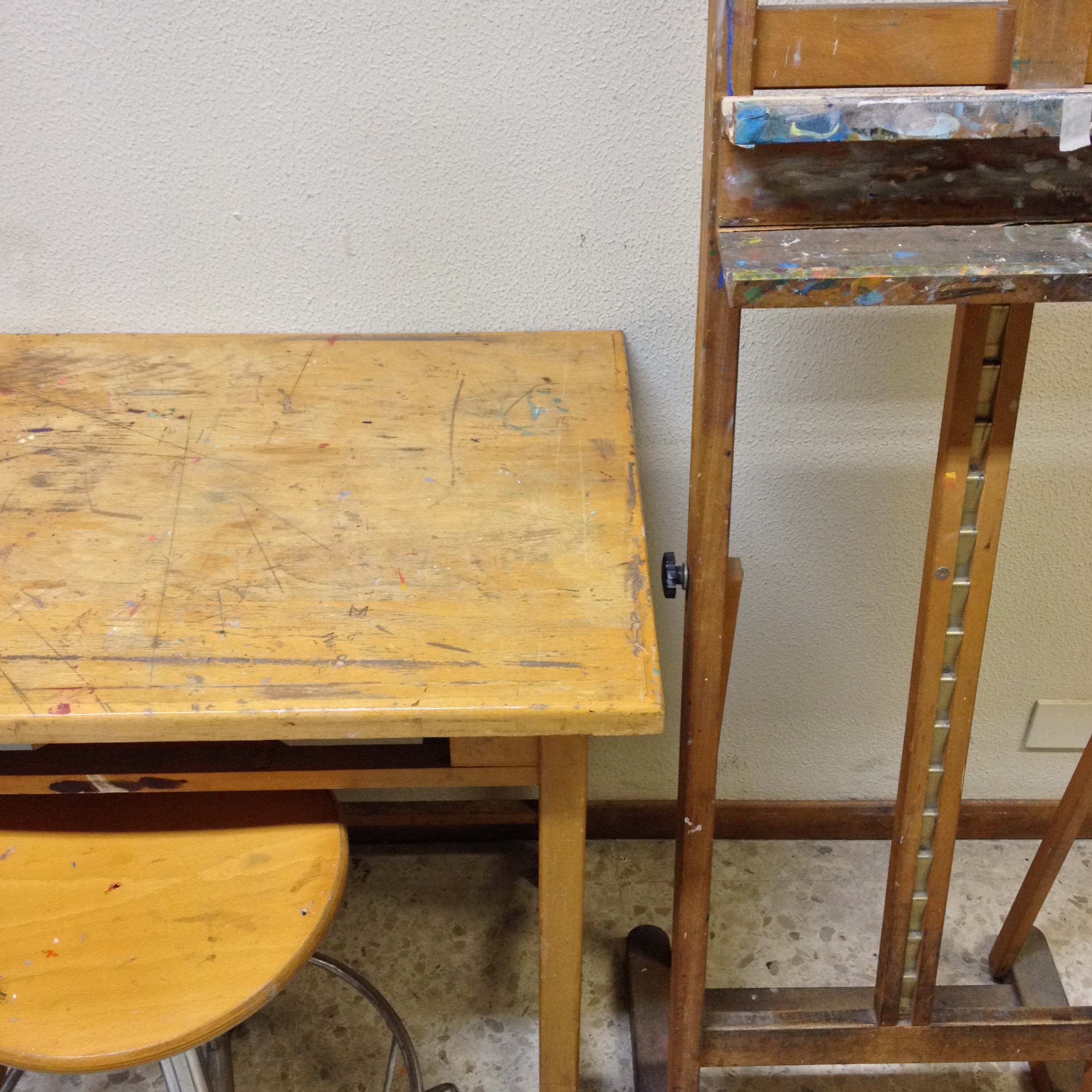
di Jamila Campagna
Nel panorama formativo italiano, in particolare nel settore dell’istruzione del Comune di Roma, esite un’interessante tipologia di scuole serali, che sono state ideate e strutturate per studenti lavoratori in tempi non sospetti, molto lontani dalla corsa alla specializzazione che è andata crescendo dopo il boom economico degli anni 50 e persino antecedenti le riforme culturali avviatesi con i primi del Novecento. Le Scuole d’Arte e dei Mestieri del Comune di Roma, originariamente chiamate Scuole per Artieri, sono state infatti fondate nella città capitolina nel 1871, con l’intenzione di offrire corsi pratici e storico-teorici che potessero ampliare la preparazione culturale di varie tipologie di artigiani (falegnami, fabbri, scalpellini, intagliatori, ceramisti, disegnatori, mastri vetrai, etc). … SCUOLA D’ARTE E DEI MESTIERI ETTORE ROLLI. UN PERCORSO NEL TEMPO E NELLA CULTURA
di Gaia Palombo
«La sua presenza aveva la semplicità intelligibile di una pietra: in piena città, mi sembrava di essere di notte in montagna, tra solitudini senza vita».
(Georges Bataile in Pierre Angélique, Madame Edwarda, Éditions du Solitaire, 1937) … GIULIA MARCHI, MULTIFORMS
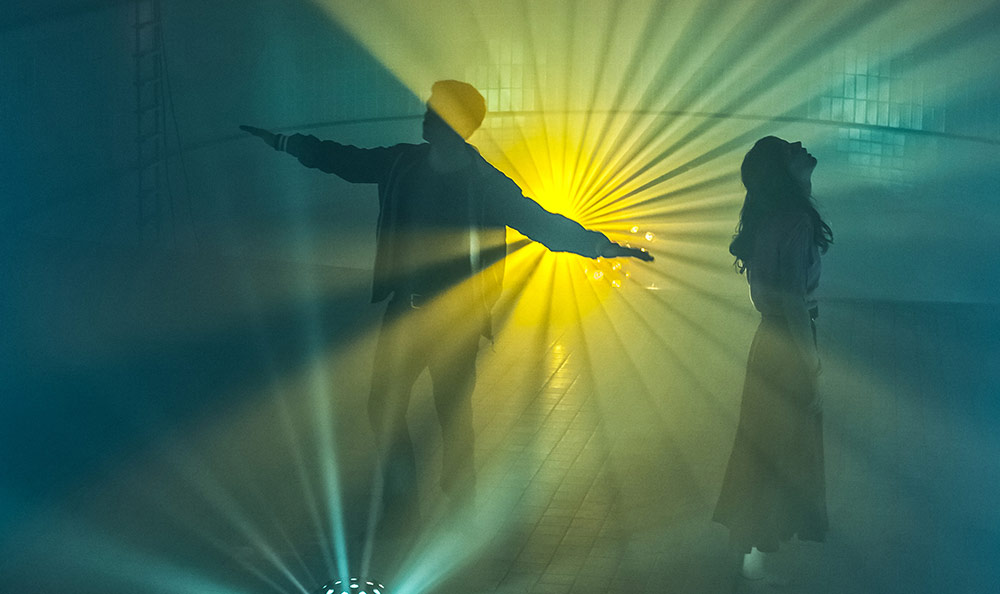
Vera Viselli
The 9th edition of Rome Fiction Fest comes back to Cinema Adriano and as International Contest with 12 titles listed … ROME FICTION FEST 2015

Gaia Palombo
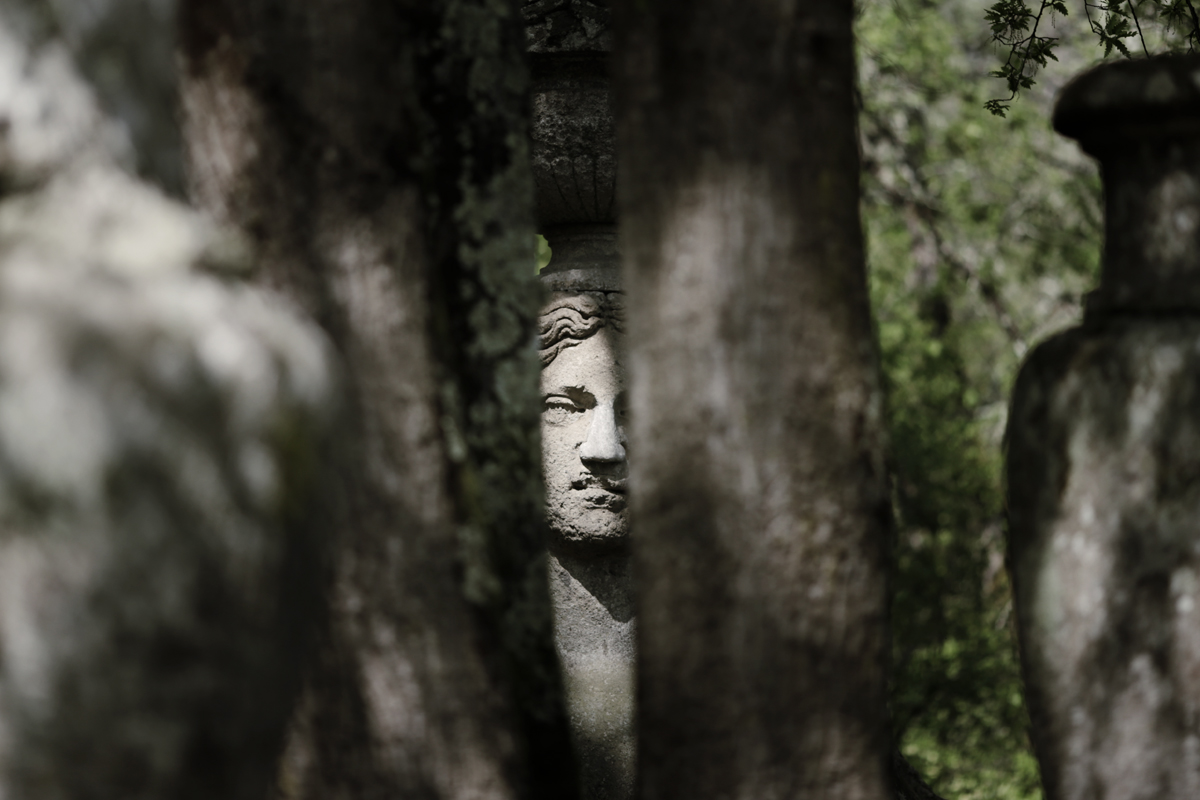
Giulia Pergola
What you call Italy is a stone garden to my eyes.
This is its strength, its beauty, and its tragedy. This is its fascination, its unchanging essence, the heart-wrenching form of its destiny.
In this history, which dominates and exceeds us, emotionless to our stories, to our little urgencies, which are the most authentic and sincere images of our life exactly because of their transience, I’ve never found my place.
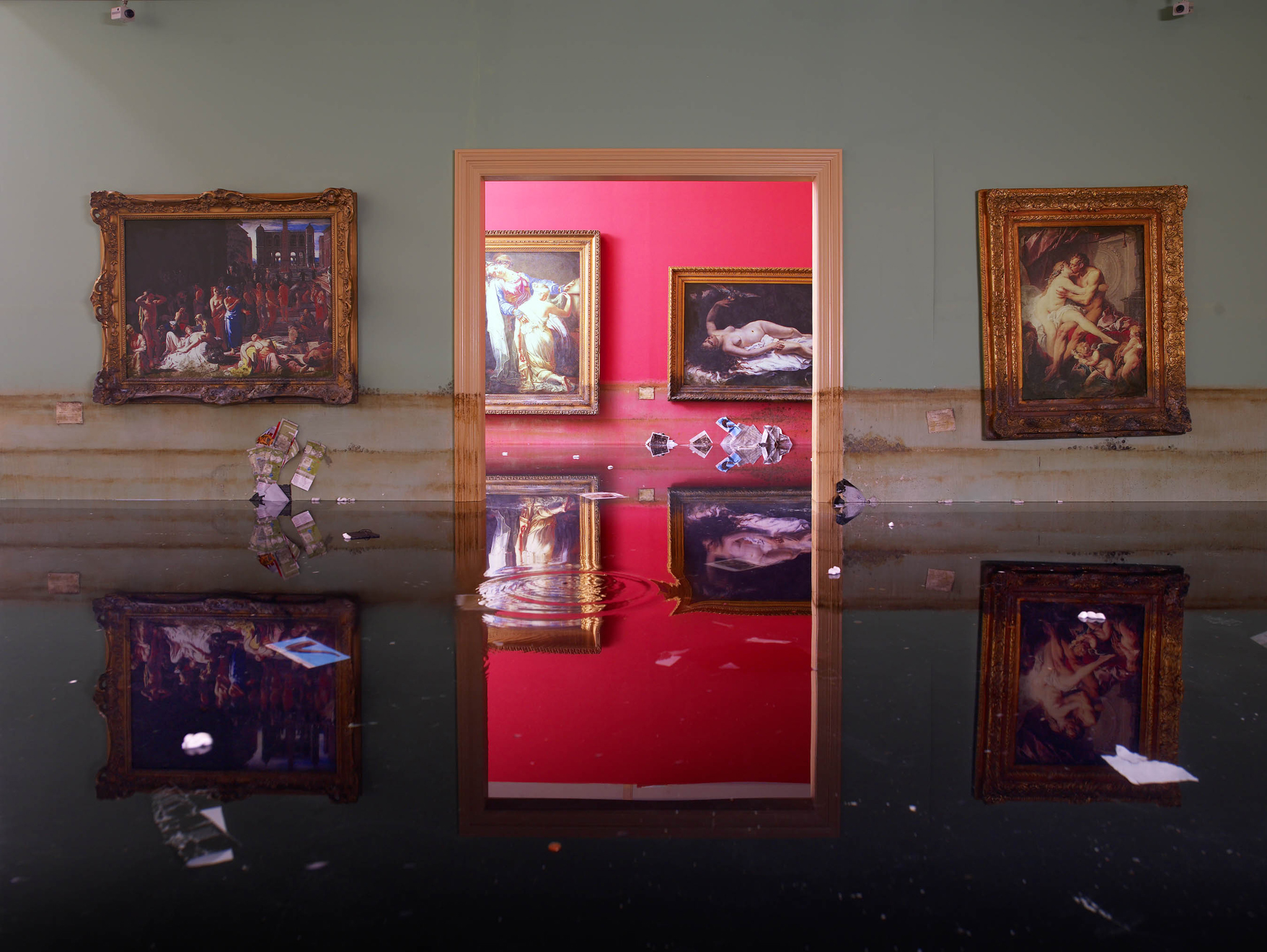
curated by Vera Viselli
If the American contemporary art can be summed up in a name, that name is David LaChapelle: a photographer discovered and introduced to the world of art by Andy Warhol; a director awarded at Sundance Festival; in 2006, David LaChapelle offers his eyes and pays his attention at Italian historical painting and sculpture, Michelangelo’s works above all, and gains the concept of The Deluge, a monumental series settled for a kind of exhibition conceived not only for media but especially for museum. A sort of return to origin (his works have been exhibited at: The Musée D’Orsay of Paris, The Brooklyn Museum of New York, The Museum of Contemporary Art of Taipei, The Tel Aviv Museum of Art, The Los Angeles County Museum of Art, The National Portrait Gallery of London, The Fotographfiska Museet of Stockholm and The National Portrait Gallery of Washington DC) made by the fusion of his post-Pop surrealism and the classical feature of Michelangelo’s works, a kind of art so tough and massive to bring LaChapelle to a decisive turning point in his production.